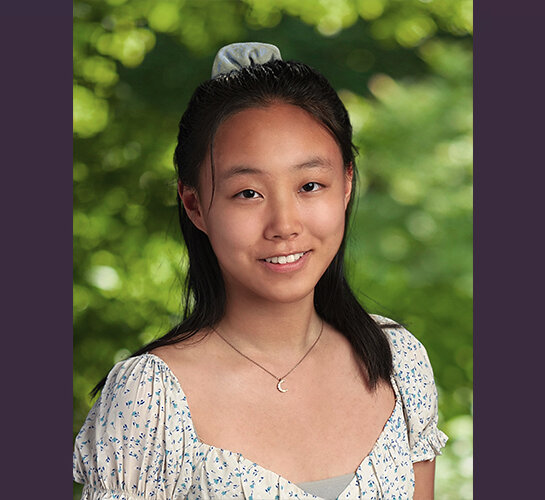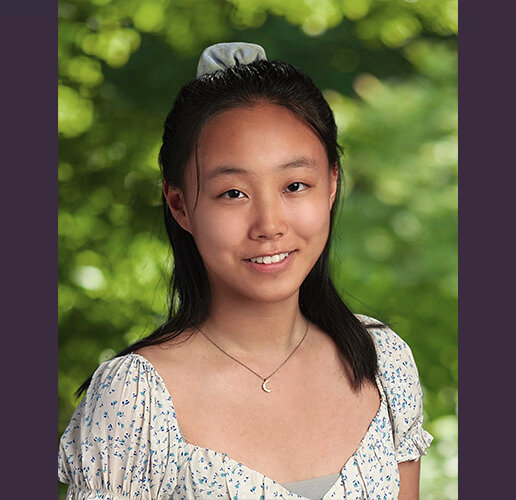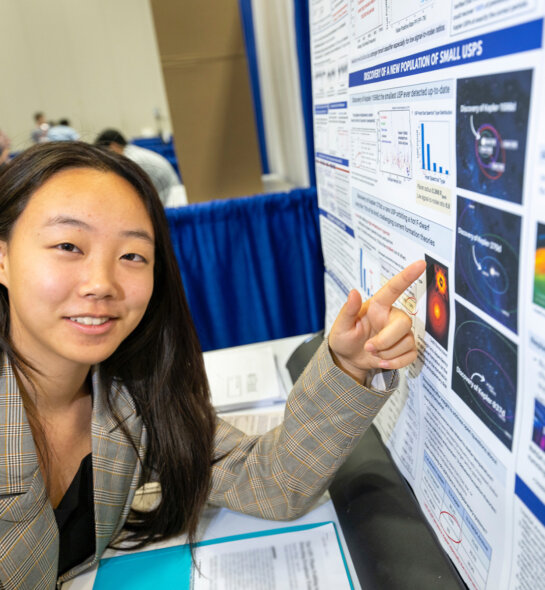Deeper Dive
With my detection system, I surmount this problem with a special algorithm that uses parallel processing on a GPU card, which results in faster and higher-precision findings. I was able to detect three new ultra-short-period planets so far, one of them being the smallest ever detected. This detection system, which runs on cheap hardware, provides a powerful tool to search through large amounts of data released by recent space telescope missions. My research uncovers new insights to advance our understanding of planetary formation and can be applied to search for habitable planets and beyond.
There were many challenges for me in this project, and it was a learn-on-the-spot process. The literature review was an important first hurdle. Starting from writing my first brown dwarf review paper to reading all the existing literature on ultra-short-period planets, it took a long process for me to fully understand other researchers’ work and methodologies on the subject. The knowledge helped provide a basis for working on my own detection system. It was then really exciting when I got new discoveries of candidates, ones that hadn’t been identified before. Afterward was the second challenge, the verification process. It took a long time to confirm these candidates as true planetary signals. Since the data is noisy and is subject to many different disturbances, I had to consider all different possibilities, including cosmic rays, spurious instrument frequencies, eclipsing binaries, or neighboring star contamination—all of which may create similar signals to planetary transits. For each planet, I also examined the signal consistency across quarters, in even and odd folds, and used the MCMC fitting algorithm to model the planetary parameters of my discoveries. My research was done online on my home computer, and the data I used from Kepler database is public data provided by the NASA Exoplanet Archive. Thus, I was able to work on my project despite the pandemic. I received many suggestions and valuable advice throughout the process from my mentors, Dr. Jian Ge and Mr. Kevin Willis. It was through their guidance that I was able to overcome many challenges and persevere in this project. My teachers in school also guided me in learning computer science, physics, and math, and I’ve enjoyed taking these classes at advanced levels over the years. In this way they helped provide a foundation for me to pursue this project.
Beyond advancing our fundamental understanding of planetary formation, my research also has impact on society and helps democratize science in this field. Currently, due to heavy computational workload, much of original discovery of exoplanets is conducted by NASA’s own team and university labs with access to supercomputers. This algorithm opens the door for students to discover their own exoplanets on a home computer or in a classroom environment using any cheap models of a GPU card. This research also provides an important educational tool in classrooms. Lastly, the phase folding algorithm in my research makes broader impact on many other fields involving periodic signal detection in noise, such as when applied to biomedical signal processing or seasonal climate variation studies. I hope that my research may provide new technology with applications beyond this one field and that it may provide more open opportunities to students my age to conduct their own signal processing research.



